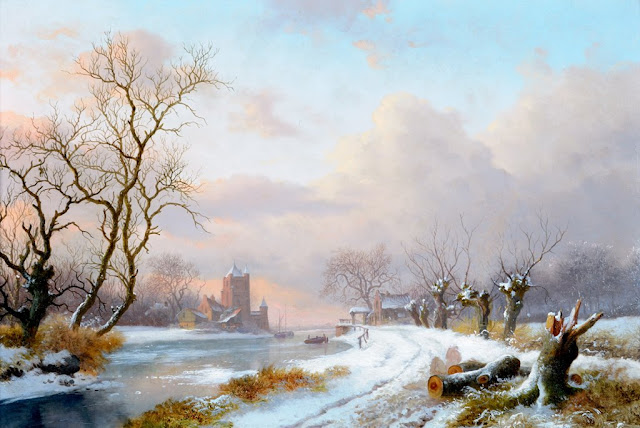Thus, by the age of twenty-one Kruseman could number two pillars of Dutch Romanticism amongst his teachers. In 1838 he was back in Haarlem and exhibiting in The Hague and Brussels, where his works were favourably reviewed. 1841 saw Kruseman move to Brussels. At that period, following the separation of Belgium from The Netherlands, the art market in Brussels was thriving in a country undergoing an economic revolution.
Kruseman exhibited in neither the Salons nor the Living Masters Exhibitions between 1841 and 1857 from which can be inferred a relationship with an art dealer or a group of collectors; it was a prolific period for the artist. The years 1852-1856 saw Kruseman back in Haarlem before returning to Brussels for good. Here in 1851 he met Eugene Verboeckhoven (1799-1881), the great animal painter, and with whom he collaborated frequently over the following thirty years. In many ways an enigma, little is known of his life, he exhibited few works, yet Kruseman was clearly a successful and popular artist of the Romantic school.
His works can be found in museums in: Maidstone; Amsterdam; Haarlem, Frans Hals Museum; The Hague; Hamburg; Kleve and Leipzig.






























No comments:
Post a Comment